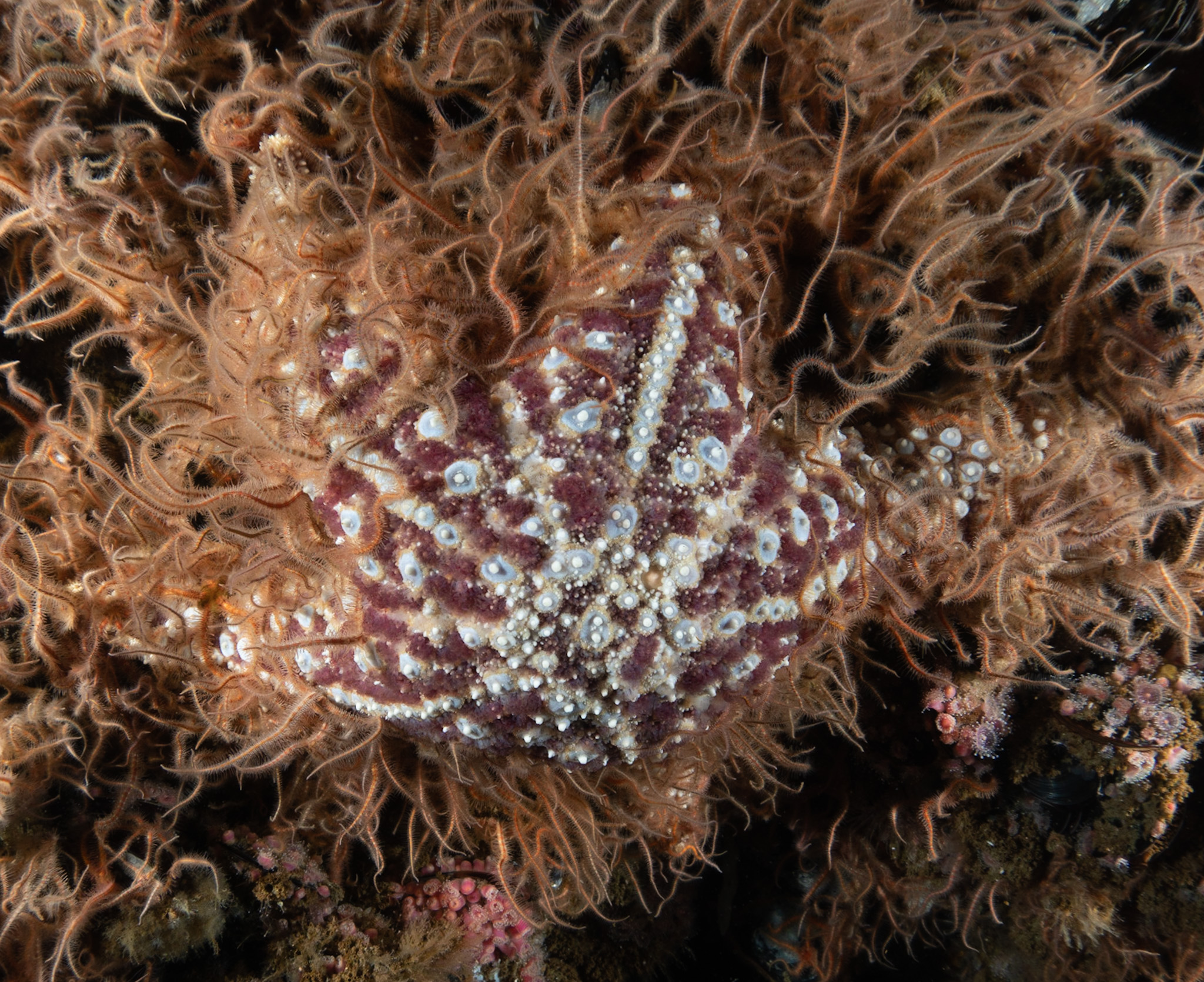La Jolla Cove--San Diego
Where it all began
There are a number of vintage books devoted to spear fishing, the most desirable and rarest is of course Gilpatrics "Complete Goggler," published in 1938.
Equally rare, perhaps even rarer are vintage magazine articles. The 1949 National Geographic magazine artcle "Goggle fishing in California Waters," Vol ZCV #5,May 1949, is considered by most serious magliophile/bibliophile as the fountainhead of magazine articles devoted to spear fishing. And it all took place in LA Jolla Cove
Universally known as the "Bottom Scratcher issue," Pages 615 to 632 is jammed packed with the photography of Lamar Boren, who later gained fame as the photographer of the Sea Hunt series, there are 7 B&W photographs, 12 "natural color" photographs (in 1949 color photography was in it's infancy) and with a text written by professional National Geographic staff member. This issue should be on every collector/historian bucket list.
There is a historical significance of articles and books of this era that provide a glimpse in to a the genesis of the sport and should be cherished as great historical documents...The crude early Churchill fins; the homemade equipment; the masks, the jab sticks (pole spears) the lack of thermal protection...All these items were in the process of future development.
So by visiting and hopefully diving La Jolla Cove you would be diving "where it all began" in California by the Bottom Scratchers spear fishing club - One of the most historical diving locations in the world.
LA Jolla Cove was also the location of the famous GWS attack during the summer of 1959 when skin diver Robert Pammerdin lost his life-
Only a few remain who were participants of that bygone era and they are rapidly dwindling in numbers, soon they all will be gone...
It has been a number of years since I dove :"The Cove" but the Sea the eternal sea remains the same only the intruders have changed; now clad in the bright multihued consume of the modern diver a new generation is discovering the cove
proving once again Thomas Wolfe's monumental classic book correct " You cant go home again "
SDM 111










